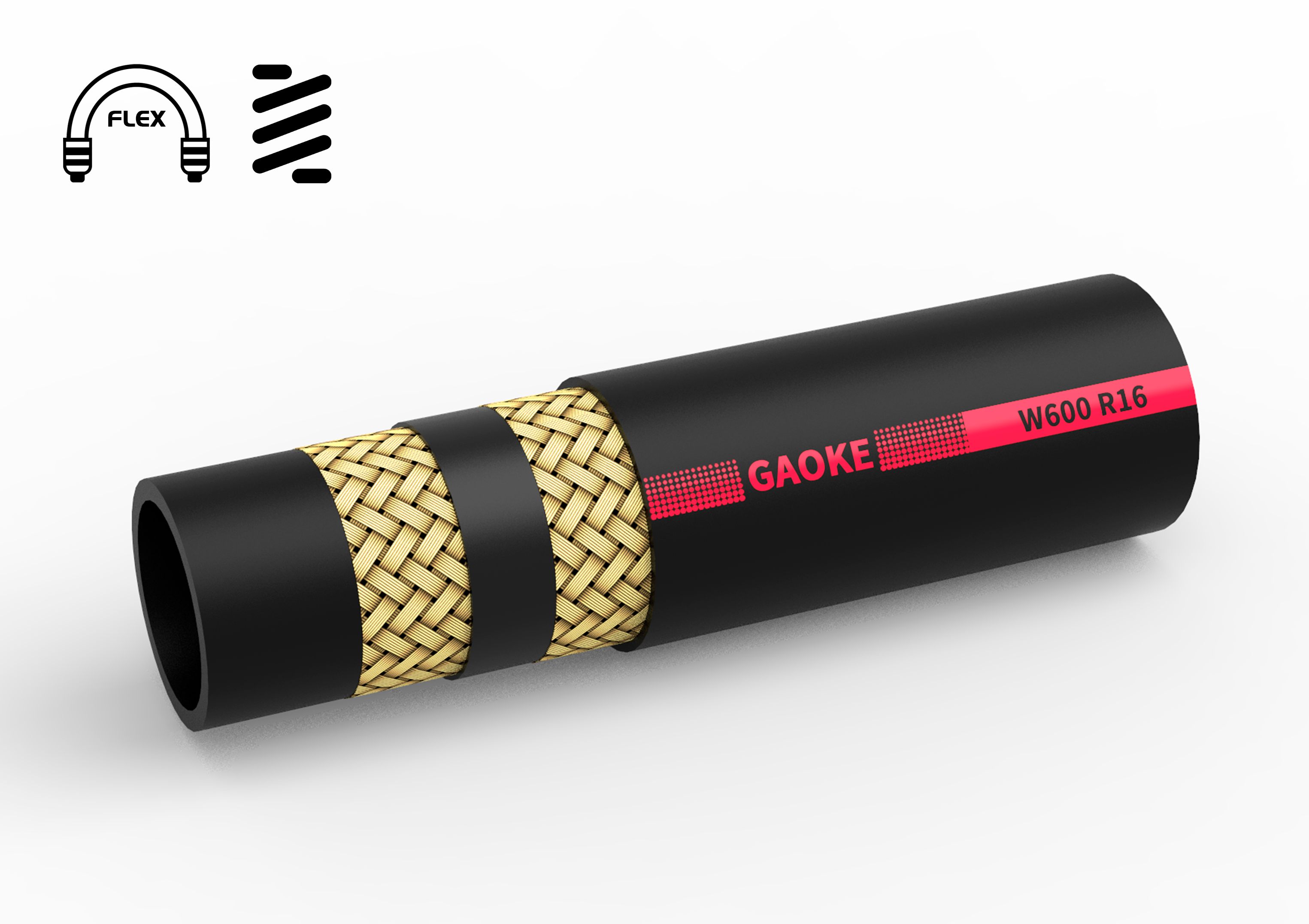23
2025
-
07
Common Issues and Applications of Flexible Hydraulic Hose in Modern Industry
Flexible hydraulic hoses are essential components in countless industrial and mechanical systems, enabling efficient fluid transfer under high pressure. Their flexibility, durability, and adaptability make them ideal for a wide range of applications, from construction and mining to manufacturing and agriculture. However, despite their advantages, flexible hydraulic hoses often face specific challenges that can impact performance and safety.

Common Issues with Flexible Hydraulic Hose
One of the most frequent problems with flexible hydraulic hoses is wear and abrasion. When hoses rub against rough surfaces or other components, the outer layer can degrade, exposing the inner structure to damage. Another recurring issue is improper installation, including incorrect hose length, bending radius, or routing. This can lead to premature hose failure, especially under high-pressure conditions.
Hydraulic fluid leakage is another significant concern, typically caused by poor fitting connections or cracks due to aging materials. Over time, exposure to extreme temperatures can also cause the hose material to harden or become brittle, resulting in reduced flexibility and eventual breakage. Moreover, contamination of the hydraulic fluid due to degraded hose material can damage system components downstream.
Applications in real operational environments
In the construction industry, flexible hydraulic hoses are heavily used in excavators, bulldozers, and cranes, where their ability to handle high-pressure hydraulic oil and constant motion is crucial. In agriculture, they power hydraulic systems in tractors and harvesters, offering ease of installation in tight or movable joints. Manufacturing plants use flexible hydraulic hoses in automated systems and presses that require fast response and high reliability under pressure.
To minimize the risk of failure, regular inspection and maintenance are recommended. Using hoses rated for the specific pressure and temperature conditions of the application is also vital. Additionally, protective covers and proper routing practices can significantly extend the service life of a flexible hydraulic hose.
Conclusion
Flexible hydraulic hoses remain indispensable across industries due to their performance under dynamic conditions. While they present certain challenges such as wear, leakage, and installation errors, these can be mitigated through proper product selection, routine maintenance, and professional handling. As industrial needs evolve, innovations in hose materials and design continue to improve the reliability and efficiency of flexible hydraulic hose systems.
Flexible hydraulic hose


